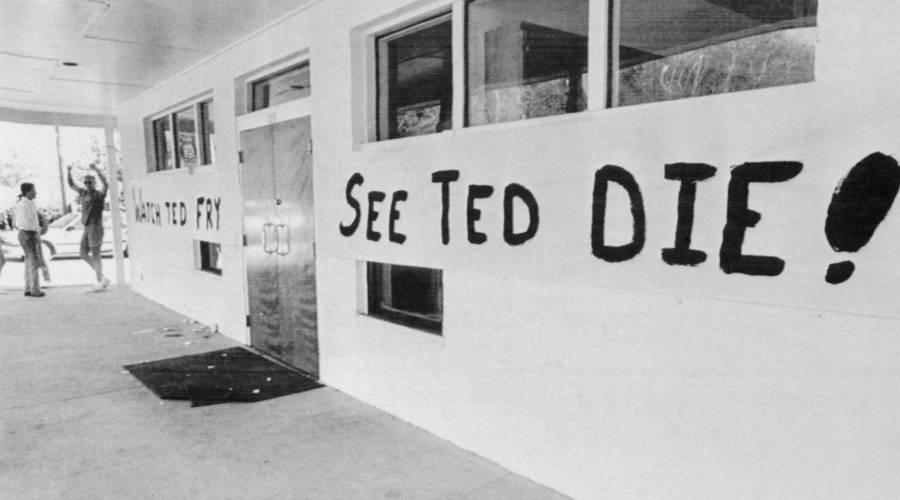
Death Mentalities in the 21st Century
Death is part of the human condition. Through time, people have tried to cope with death through rituals and arts and each age seems to have a dominant attitude towards death - the so-called death mentalities.
Death, rituals and art in the 21st century
This Online Exhibition deals with the topic of death in rituals and art in the 21st century. Using Philippe Aries' seminal books about death mentalities, we distinguish several attitudes towards death in western culture. Aries described four attitudes or death mentalities: Tamed Death, My Death, Your Death, and Forbidden Death. Aries linked these death mentalities to specific periods of time. However, in this Online Exhibition we will show that the mentalities Aries has distinguished, are still recognizable and traceable in 21st century's expressions (art, ritual), both online and offline. For example, 'Tamed Death' is charactistic for the Middle Ages, but also in our days we see elements of 'tamed death' in diverse religious death rituals and pop songs.
Aries published his book in the 1970s, so his research does not concern the changing attitudes towards death in the 21st century. Although we still see traces of previous death mentalities, there are elements that do not fit Aries four mentalities. To understand the death mentality of the 21st century, we need to add a fifth attitude. Michael Jacobsen refers to 'Spectacular Death' to describe the characteristics of the 21st century's attitude towards death.
This Online Exhibition is an invitation to think about death in relation to rituals and art in the globalized and digitalized culture of the West. It is also an invitation to think about your own death and perhaps to start a good conversation regarding death and dying with colleagues and friends.
This "Online Exhibition" is linked to the course "Ceremonial Society" (Tilburg University, School of Humanities and Digital Sciences). The course presents rituals and ceremonies that are supposed to contribute to social cohesion or to the integration of ‘outsider groups’ into society. The course also focuses on rituals and ceremonies after death, disasters and atrocities.








